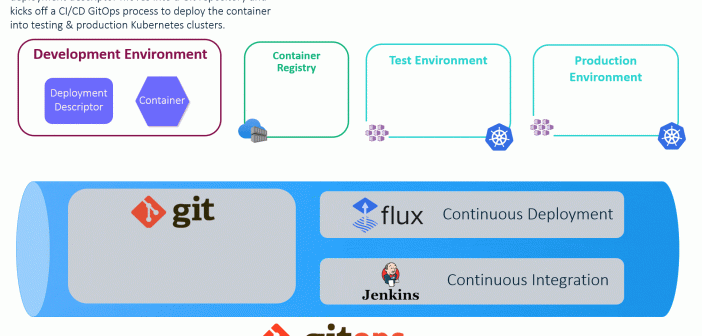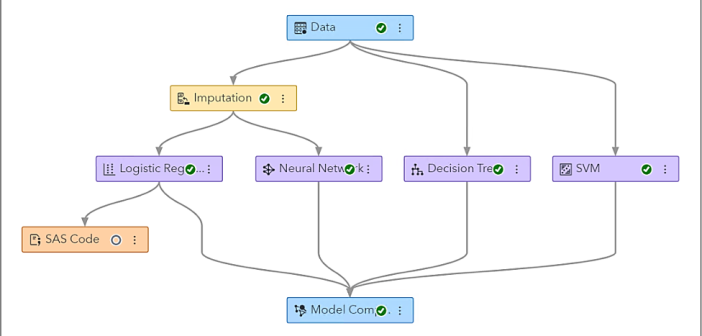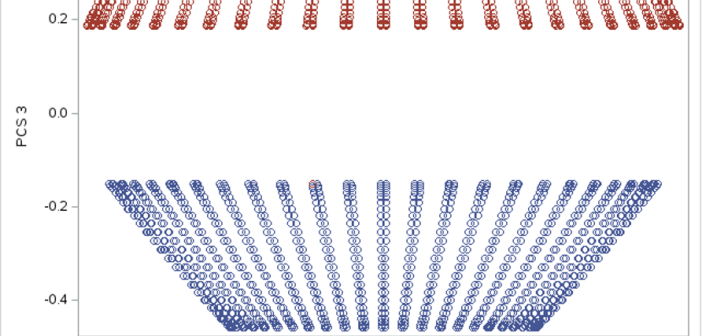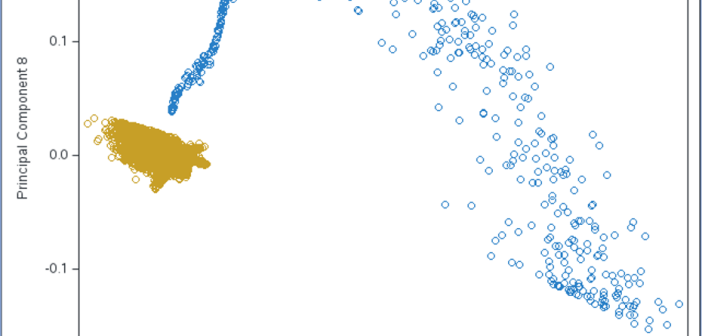
SAS' Marinela Profi and Sophia Rowland elaborate on IDC including SAS among the leading platform providers for Machine Learning Operations.

SAS' Marinela Profi and Sophia Rowland elaborate on IDC including SAS among the leading platform providers for Machine Learning Operations.

Anuja Nagpal and Yonglin Zhu of SAS R&D reveal how, MLPA – without any code and within a given timeframe – finds an effective pipeline for a data set after applying data preprocessing, feature engineering and modeling with hyperparameter tuning.

SAS' Bahar Biller expounds on the idea that stochastic simulations are large-data generation programs for highly complex and dynamic stochastic systems.

Building on a previous post on how the seqmc action can be used to mine frequent sequences, SAS' Amod Ankulkar explores an alternative algorithm.

The ultimate objective of a churn model is preventing churn by making a retention offer. To determine reasonable values for profit and loss information, consider the outcomes and the actions that you would take given knowledge of these outcomes. For example, the marketing department of a telecommunications company wants to offer a discount to people who are no longer on a fixed-term contract. To prevent churn, the company is willing to make an offer in exchange for a one-year contract extension.

The advantage of using SAS PROC KPCA is that you can preprocess your data so that you can classify groups with nonlinear classification boundaries.

Billy Dickerson of SAS R&D chronicles three key challenges and lessons learned in SAS' journey to continuous integration (CI) and continuous delivery (CD).

SAS® Fast-KPCA implementation bypasses the limitations of exact KPCA methods. SAS® internally uses k-means to find a representative sample of a subset of points. This row reduction method has the advantage that c centroids are chosen to minimize the variation of points nearest to each centroid and maximize the variation to the other cluster centroids. In some cases, the downstream effect of using k-means on computing the SVD increases numerical stability and improves clustering, discrimination, and classification.

SAS' Yogender Kushawah introduces you to mining long sequences efficiently using the seqmc action in SAS Visual Analytics.
SAS' Bahar Biller and Xi Jiang use the example of a semiconductor manufacturing plant to illustrate the role of sensitivity analysis in assessing supply chain risk.